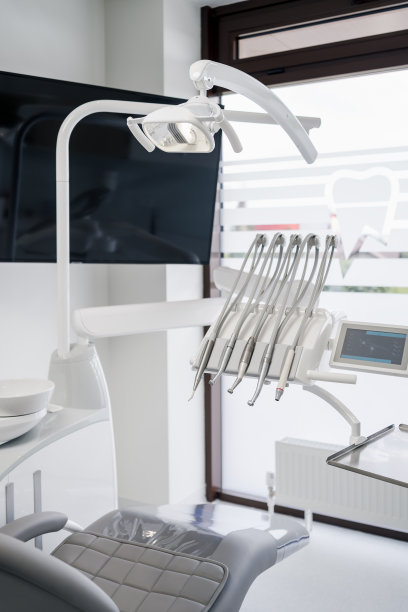Essential Guidelines and Precautions to Follow Before and After Your Dental Filling Appointment for Optimal Oral Health
Summary: Preparing for a dental filling appointment involves understanding the essential guidelines and precautions that can significantly impact your oral health. From dietary considerations to post-treatment care, being aware of these factors ensures a smooth experience at the dentist. This article delves into four main areas: what to do before your appointment, how to manage anxiety, the procedure itself, and post-filling care. Each section provides vital insights and practical tips to help you maintain optimal oral health before and after receiving your dental filling, thereby facilitating a more effective recovery.
1. Important Steps to Take Before Your Appointment

Before attending your dental filling appointment, it is crucial to inform your dentist about any medications or supplements you are taking. Certain medications can affect the treatment process or increase the risk of complications. Knowing your medical history enables your dentist to tailor the procedure to your specific needs.
Additionally, make sure to avoid eating a heavy meal right before your appointment. If you are receiving anesthesia, its usually recommended to refrain from eating for a few hours beforehand, as this can minimize the risk of nausea during and after the procedure. A light snack earlier in the day can help keep your energy levels steady.
Finally, plan your schedule wisely. Allocate sufficient time for your dental visit and avoid rushing. Some fillings may take longer than expected, so it鈥檚 better to book a day when you can relax afterward rather than dealing with work or other obligations right after your appointment.
2. Managing Anxiety and Stress Before Treatment
Feeling anxious about dental procedures is common, and managing this anxiety can significantly improve your experience. Practice deep breathing exercises or meditation before your appointment to help calm your nerves. These techniques can help reduce stress levels, making you feel more at ease in the dental chair.
If you find that traditional methods of alleviating anxiety arent enough, consider discussing sedation options with your dentist. Many dental offices offer options ranging from nitrous oxide (laughing gas) to oral sedation, which can help you feel more relaxed during the procedure.
Moreover, bringing a friend or family member along for support can be immensely helpful. Having someone you trust nearby can provide comfort, making it easier to face your dental treatment.
3. Understanding the Dental Filling Procedure
During the dental filling procedure, your dentist will start by examining the affected tooth to ensure that a filling is indeed necessary. After the assessment, the area will be numbed to minimize discomfort, using local anesthesia or a similar option. Its important to communicate openly with your dentist about any discomfort you might feel during this phase.
Once numbness is achieved, the dentist will remove any decayed portions of the tooth using precision instruments. After the decay is removed, they will clean and prepare the area for the filling material. Understanding each step can help ease your anxiety as you know what to expect at each stage of the process.
Finally, the filling material will be applied, smoothed out, and shaped to ensure it fits properly with your bite. The dentist will verify the fit by asking you to bite down on a special paper, ensuring that the filling is not too high or low. This attention to detail ensures long-term effectiveness and comfort.
4. Essential Care Steps After the Filling
Post-treatment care is critical for the longevity of your new filling. Immediately after your appointment, avoid chewing on the side of the mouth where the filling was placed until the numbness has completely worn off. This precaution helps prevent accidental injury to your tongue and gums.
Also, be mindful of your dental hygiene routine. Continue to brush and floss regularly, but do so gently around the newly filled area for the first few days. It鈥檚 important to maintain cleanliness to prevent infection and promote healing.
If you experience any unusual sensitivity, pain, or discomfort following the procedure, do not hesitate to contact your dentist. They can provide guidance and ensure that everything is healing correctly, helping you to maintain optimal oral health.
Summary:
In summary, preparing for a dental filling involves careful planning, managing anxiety, understanding the procedure, and adhering to aftercare practices. By following these essential guidelines and precautions, patients can enhance their oral health outcomes and ensure a more pleasant dental experience.
This article is compiled by Vickong Dental and the content is for reference only.



